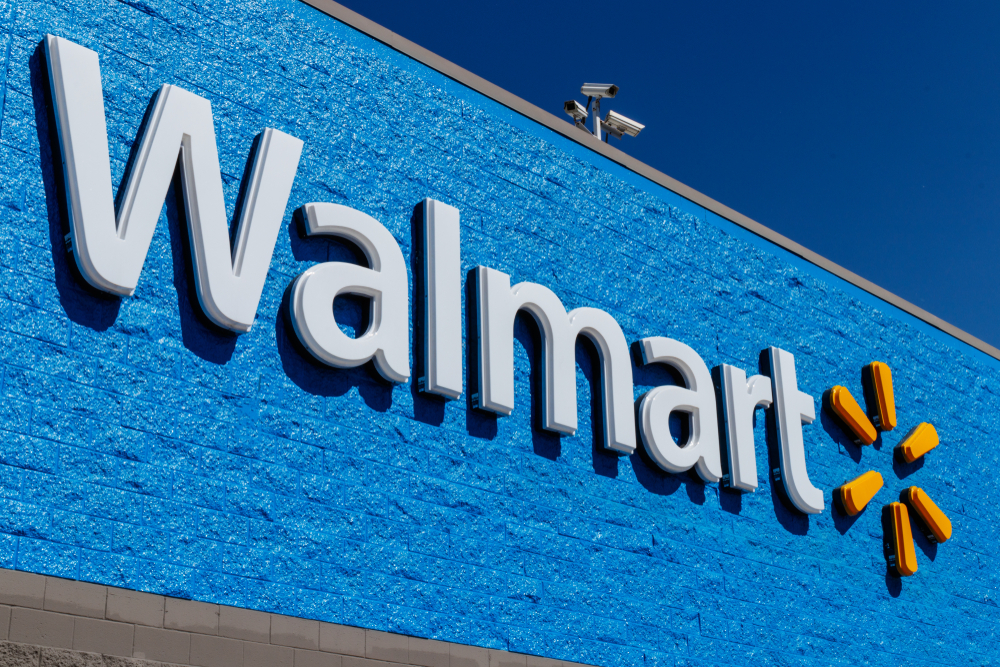- Home
- Chapters
arrow_drop_down
- View Listings
arrow_drop_down
- Industry News
- About Us
arrow_drop_down
- Contact Us
- Log Out
Walmart, Target Maintain Upward Omnichannel Trajectory in Q2 2021

Walmart and Target both posted strong Q2 results, with both retailers continuing to capitalize on the ongoing ecommerce surge while maintaining solid brick-and-mortar growth. The biggest standout was Target’s same-day digital services, which grew nearly 55% in 2021 on top of the 270% growth posted in 2020.
Walmart Posts Solid Ecommerce Growth
Walmart’s total revenue hit $141 billion, up 2.4% compared to Q. Grocery was a particularly bright spot for the company, with comparable sales up 6.1% YoY led by brick-and-mortar.
“Stores continued to validate Walmart’s ongoing investments as they were the key driver of the $1 billion increase in U.S. operating income on $5 billion in increased revenue, which is particularly impressive given the strength in its lower margin grocery-equivalent business that continues to grow share despite its massive scale,” said Charlie O’Shea, VP at Moody’s in commentary shared with Retail TouchPoints.
Walmart’s ecommerce sales were up 103% from Q2 2019. Sam’s Club comparable sales increased 7.7%, while ecommerce sales grew 27% YoY. Membership income increased 12.2% as member count reached an all-time high.
Walmart also noted that its advertising business was strong globally, with sales nearly doubling in the U.S. compared to 2020. The high-margin nature of advertising provides a powerful foundation that may help Walmart solidify its lead in low-margin areas like grocery.
“This is a critical moment for brick-and-mortar grocers to digitize the in-store shopping experience and unlock similar revenue streams,” said Sean Turner, CTO of Swiftly in commentary shared with Retail TouchPoints. “Walmart’s high-margin advertising business will allow the retailer to continue investing in pricing and expand its captive customer base, making it more difficult for grocers without a dedicated team of software engineers to compete. Building a retail media network is no longer an experiment, but a must-have for legacy grocers to claim their share of the digital advertising market and remain competitive in an increasingly digital shopping environment.”
Target’s Same-Day Options Surge
Target’s comparable sales grew 8.9% in Q2 2021, maintaining some of the momentum from the 24.3% growth experienced in Q2 2020. The retailer attributed the growth entirely to traffic, with comparable store sales up 8.7% on top of 10.9% growth last year.
Digital comparable sales grew 10%, following 195% growth in 2020. Much of the increase could be attributed to the retailer’s same-day services (Order Pickup, Drive Up and Shipt), and more than 95% of Target’s second quarter sales were fulfilled from stores.
“Even after unprecedented growth over the last two years, we see much more opportunity ahead of us, and we’re leaning into opportunities to invest in the long-term growth and resiliency of our business,” said Brian Cornell, Chairman and CEO of Target in a statement. “Our team and operating model can seamlessly adapt to changes in the environment, and we’re well-positioned to deliver outstanding performance in the back half of the year.”
retailtouchpoints.com

